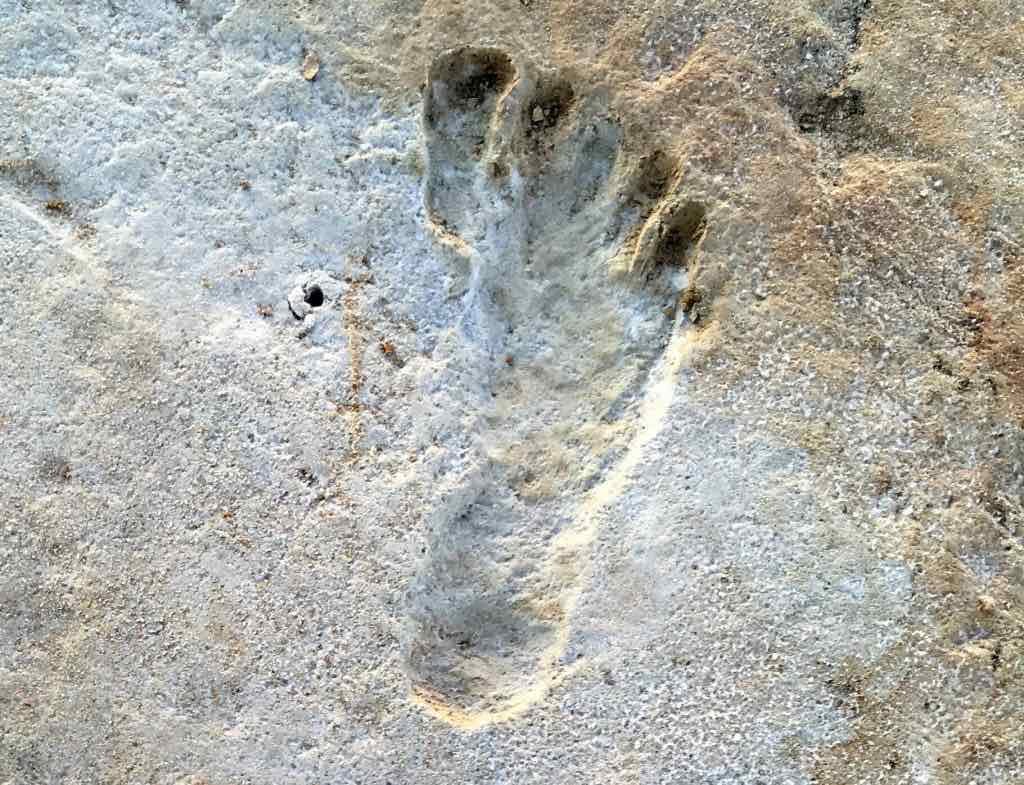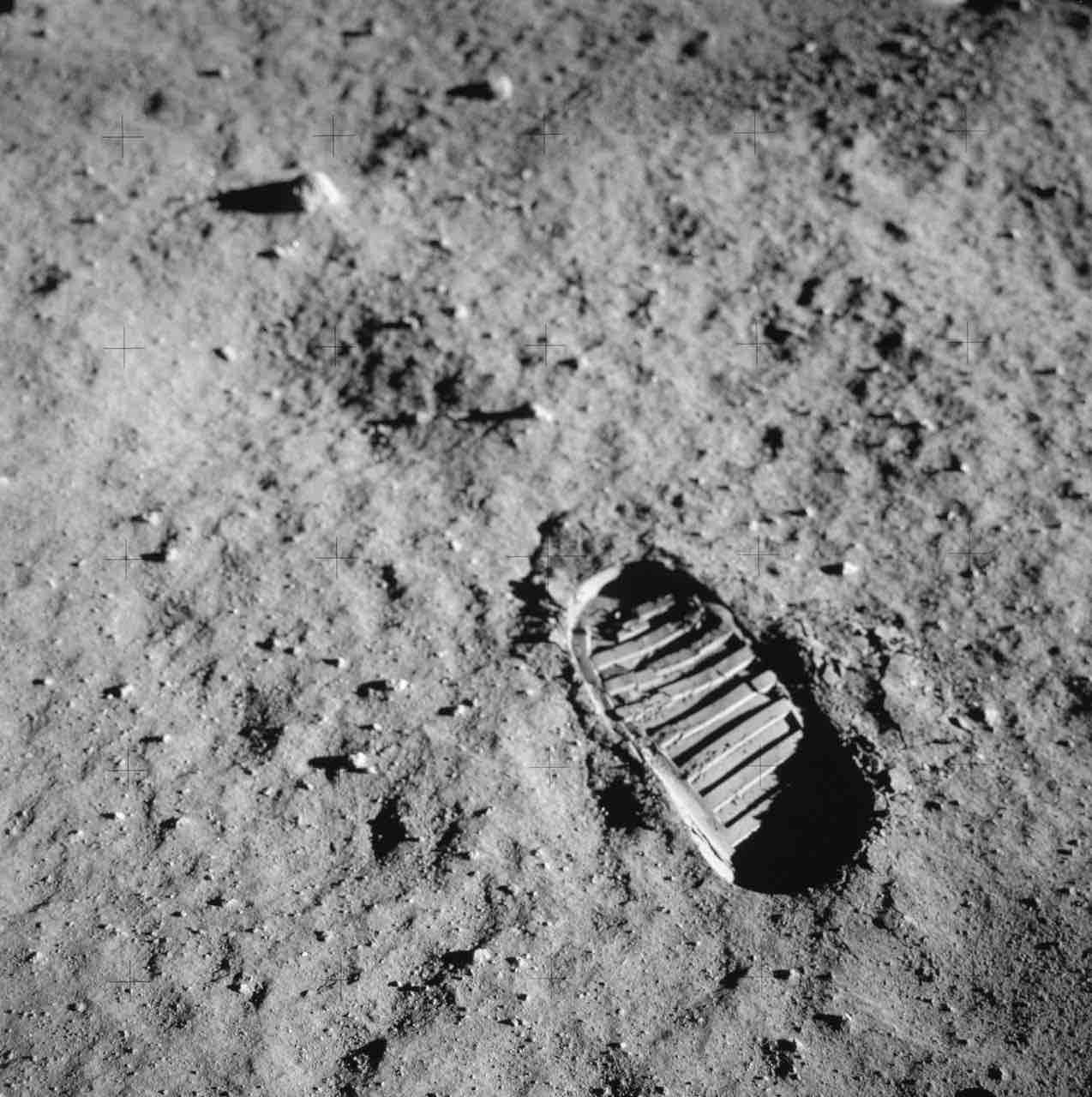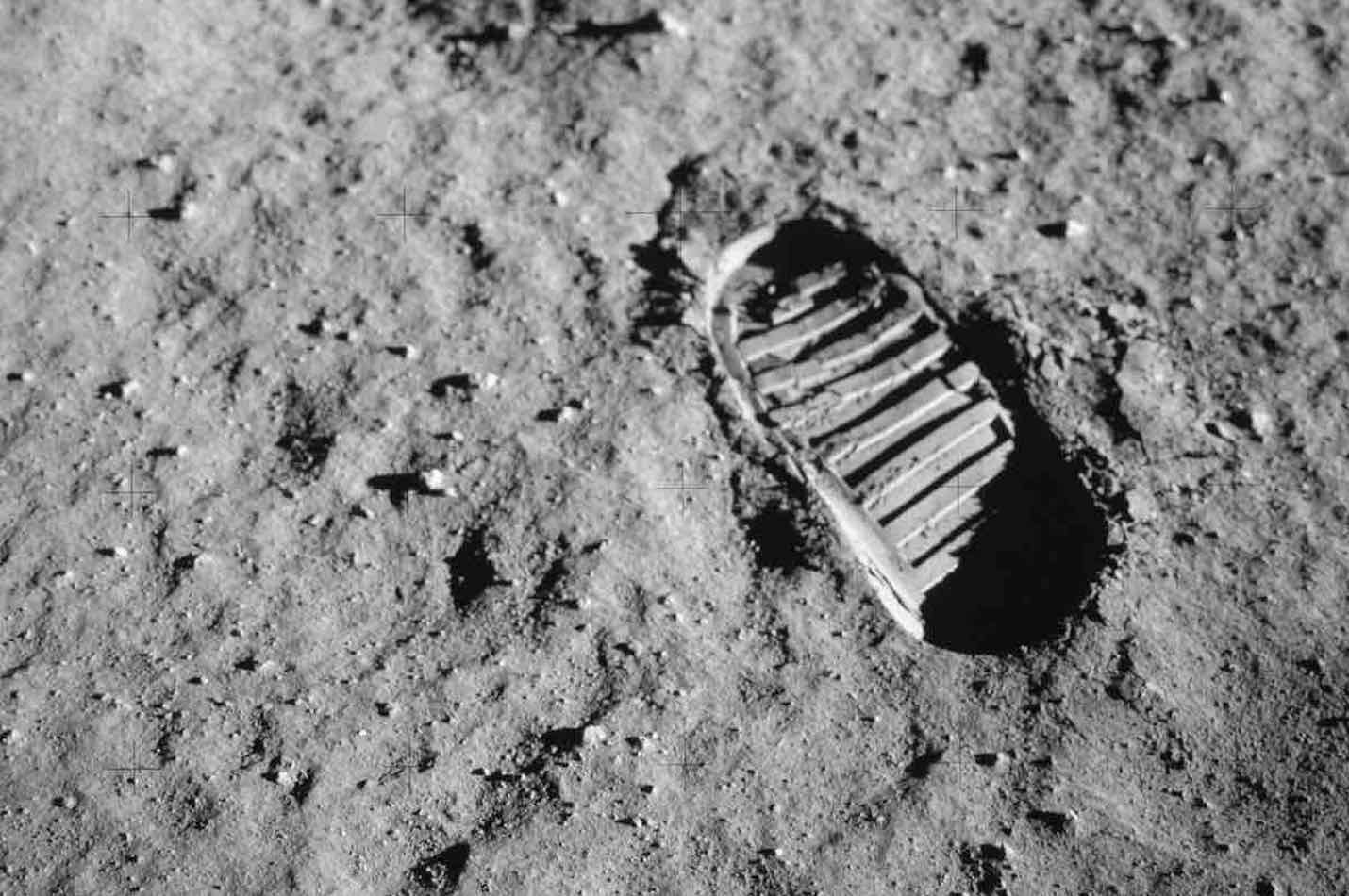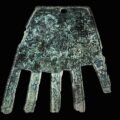At White Sands National Park, New Mexico, ancient footprints left by a group of humans walking through soft mud in a strange new land have remained preserved for as much as 23,000 years after they were created, representing what may be the path of some of the earliest people to arrive in North America.
Much further away on the Moon, footprints left by astronauts Neil Armstrong and Buzz Aldrin at Tranquility Base in 1969 also remain preserved in the lunar regolith, marking not only the first time humans ever set foot on the Moon’s surface, but also the continuing path of exploration humans have followed for thousands of years.


Now, a newly proposed scientific subfield could help humans preserve the record of human activity on the Moon, as well as more faraway destinations like Mars, and understand the natural and anthropogenic processes that could potentially impact the heritage of space exploration.
Planetary geoarchaeology, as proposed by researchers with the Kansas Geological Survey at the University of Kansas, is a new approach that aims “to open discussion about how geoarchaeologists can play a role in addressing current and future issues surrounding the preservation and management of space heritage,” according to a new research article published in the journal Geoarchaeology.
Justin Holcomb, a postdoctoral researcher at the University of Kansas and lead author of the paper, says that although we may not think of materials left behind by human space exploration to be endangered, remnants of the space race left behind by past missions to the Moon are “rapidly becoming at risk of being destroyed if proper attention isn’t paid during the new space era.”
Since humans began entering space, nations around the world have sent more than 6,700 satellites and other spacecraft beyond Earth’s atmosphere. More than two-thirds of that amount represents military, governmental, or commercial satellites launched by the United States.
Holcombe and his colleagues say the newly proposed subfield could greatly benefit the “preservation, study and documentation of space heritage” on the Moon, pointing to the potential impact of future space missions by the U.S. and China.
Holcombe also cites recent accidental crashes of spacecraft into the surface of the Moon, which includes the second stage of the rocket that carried NOAA’s Deep Space Climate Observatory to orbit, which collided with the lunar surface last year.
Since a significant degree of archaeological inquiry focuses on the use of tools by humans throughout time, as well as their patterns of movement, applying the scientific tools and methodology of geoarchaeology toward humans space exploration is a natural outgrowth of the kind of work Holcombe and his colleagues do.
Studies involving human migratory patterns are also the focus of the Kansas Geological Survey’s ODYSSEY Archaeological Research Program, led by Rolfe Mandel, a senior scientist at KGS and University Distinguished Professor in the Department of Anthropology who co-authored the recent paper.
Mandel said in a statement that “space travel represents the latest stage” of the journey that began with human migrations out of Africa thousands of years ago.
“Although the ODYSSEY program is focused on documenting the earliest evidence of people in the Americas, the next frontier for similar research will be in space,” Mandel says.
Holcombe says that “all material currently existing on extraterrestrial surfaces is space heritage and worthy of protection,” but that sites like the first human footprints left at Tranquility Base on the Moon in 1969 “represent the material footprint of a long history of migration.”


When it comes to archaeological science, what we may deem to be irrelevant trash today can often provide potentially critical insights into the behavior and practices of humans in the more distant past. Knowing what kinds of information should ideally be preserved is a significant part of what planetary geoarchaeology seeks to understand.
Holcombe says that through planetary geoarchaeology, he and his colleagues “have to make those decisions all the time with archaeological sites today.”
“The moon has such a limited record now that it’s totally possible to protect all of it,” he adds.
“We should begin tracking our material record as it continues to expand, both to preserve the earliest record but also to keep a check on our impact on extraterrestrial environments,” Holcombe said in a statement.
“It’s our job as anthropologists and archaeologists to bring issues of heritage to the forefront,” he added, emphasizing that planetary geoarchaeologists will be able to help scientists directly involved in space exploration to better account for ways the heritage of our current space missions can be preserved.
“Planetary scientists are rightfully interested in successful missions, but they seldom think about the material left behind,” Holcombe says.
“That’s the way we can work with them.”
Holcombe, Mandell, and their team’s research article, “Planetary geoarchaeology as a new frontier in archaeological science: Evaluating site formation processes on Earth’s Moon,” first appeared in the journal Geoarchaeology in June.
Micah Hanks is the Editor-in-Chief and Co-Founder of The Debrief. He can be reached by email at micah@thedebrief.org. Follow his work at micahhanks.com and on Twitter: @MicahHanks.

